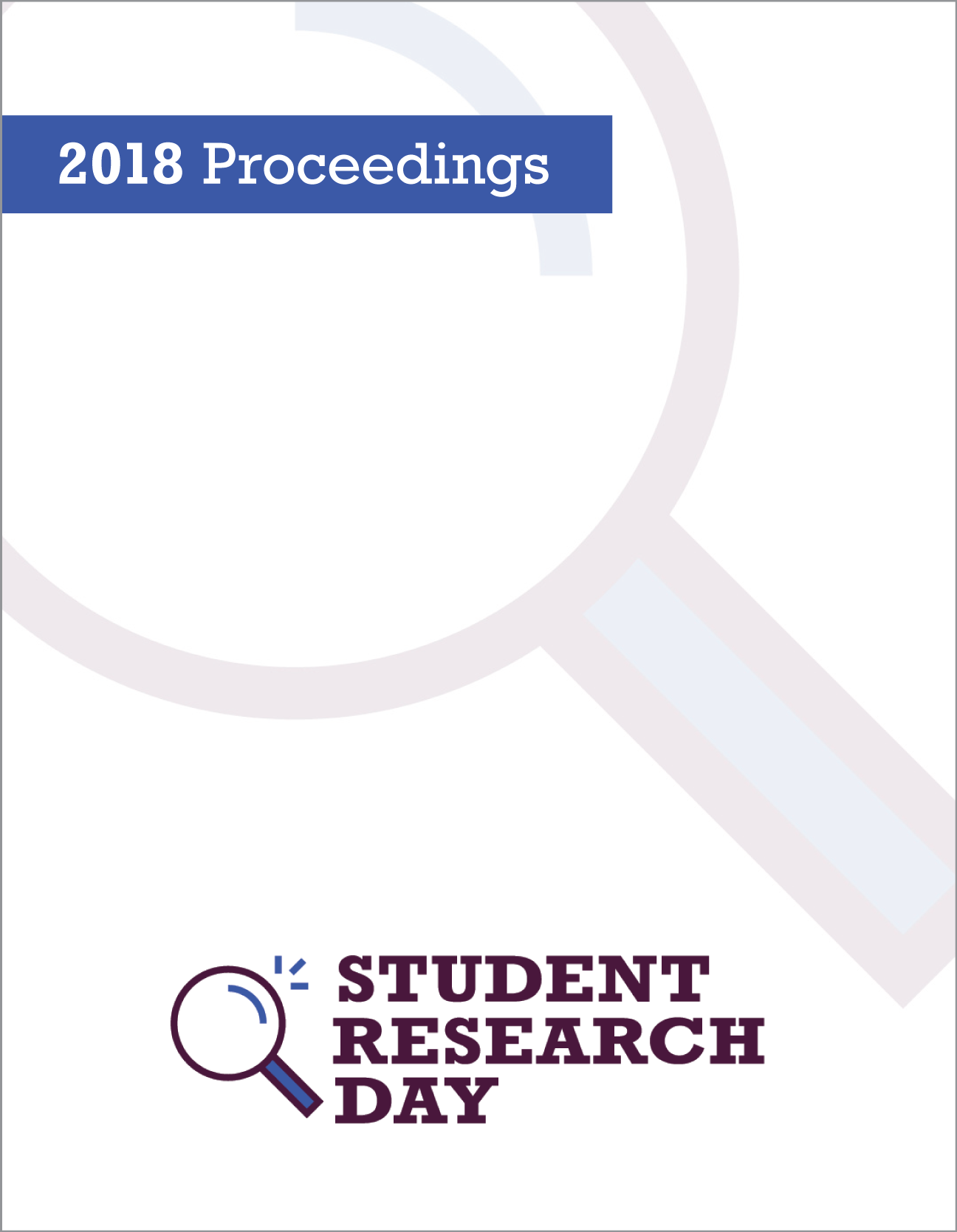Microplastics in Stormwater Runoff
Comparing Baseflow to Rainfall Events
Abstract
Due to their widespread use, plastics have become a significant pollutant in the environment. Among these are microplastics, those that are under 5mm in size. These particles pose many potential hazards to aquatic ecosystems, such as bioaccumulation and leeching of chemical compounds into soil and freshwater. Previous studies have addressed microplastic contamination in urban river systems, atmospheric fallout, and wastewater treatment plants, but very few studies have investigated microplastics in urban stormwater runoff. Stormwater runoff washes over impervious surfaces (such as roadways) and often drains into rivers and other freshwater bodies, and acts as a source of microplastics that can then contaminate freshwater systems. In this research project, the concentration of microplastics in stormwater runoff under both baseflow and rain event conditions were analyzed to determine the difference in microplastic concentration between the two scenarios. Samples were obtained from a stormwater collection basin in Calgary, Alberta, at eight different times between May and September. Microplastics were extracted through a combination of filtration, digestion with hydrogen peroxide, and size fractionation, resulting in five size classes. Following the extraction, the samples were analyzed using visual microscopy and Raman spectroscopy to obtain the quantity and chemical composition of the microplastics, respectively. Understanding the concentration of microplastics in stormwater runoff allows for proper risk assessment of microplastics in freshwater systems, as well as providing insight into the sources of microplastics in other freshwater systems.
Discipline: Physical Sciences
Faculty Mentor: Dr. Matthew Ross
Published
Issue
Section
License
Authors retain any and all existing copyright to works contributed to these proceedings.



